Why & How to Choose Battery-Free Toys
Non battery operated toys help encourage the imagination and boost your child’s critical thinking and problem-solving skills. Toys without batteries are also safer (no choking or corrosion hazards) and better for the environment.
It doesn’t mean your child has no battery operated toys at all. But here’s a look at the many reasons why you may want to limit them – plus how to choose safe, developmentally appropriate toys.
Remember that thing you played with all the time when you were a kid? You didn’t buy it at any toy store… it was free. And it’s what could turn an empty box into a dollhouse or a broom handle into a light saber.
Where can you find this long-lost treasure? It’s still with you… if you take the time to encourage it.
It’s your imagination. Would your childhood have been the same without it? And do you ever feel like our children’s generation is really missing out on the simple, creative joys of life?
Why Choose Non Battery Operated Toys
There are many reasons for following a lower-tech parenting approach. You might want to curb excess screen time for your child at a very early age, so you don’t have to battle it so hard later on. Or you might just like peace and quiet, and all those musical and interactive toys feel too stimulating in your home.
And of course, it doesn’t mean all toys have to be plain wooden blocks. There are some extremely fun and creative battery-free options. Or you can use the 80/20 rule and only give your child a few blinking, buzzing toys.
Whatever you decide, here are some reasons to lean toward more battery free toy options.
1. Battery-Free Toys Encourage a Child’s Imagination
Just like a stick can be a sword, air guitar, baton, light saber, flag, marshmallow roaster, or a hundred other creative things, there is no single way to play with a versatile toy like blocks.
I noticed the difference in my kids’ posture when they played with non-battery vs battery toys. One had them up and in motion, completely engaged in the moment. The other more often had them in a more passive position with less concentration etched into their little faces.
This wasn’t the case all of the time. Our oldest used to delightedly place everything within his toddling reach onto his Sesame Street train and watch it choo choo around his room. He often lined it up toward a block pyramid or a sleeping cat. His imagination was certainly engaged, and that’s why I’m advocating for fewer battery toys, not zero.
2. Non Battery Operated Toys Offer More Developmental Benefits
Today’s kids will sit in front of a screen for far more hours than any previous generation. Why start passive playtime at a very early age? Especially when there’s compelling evidence that battery toys aren’t ideal for babies.
When a toy does all the entertaining, a child doesn’t put forth much effort. And even when they’re older, kids learn better when they have unstructured play time. Outdoor play is essential for a child’s mental health, school performance, physical wellbeing, their microbiome, their vestibular system, and so much more.
Battery-free toys contribute to early childhood education. Wooden shape sorters and kid-sized puzzles are a great way to boost critical thinking as well as problem-solving skills. They also foster a sense of satisfaction in doing things “all by myself,” as the independent toddler likes to announce.
For kids with autism, no battery toys encourage pretend play and can give them an edge with their social skills. Also, babies and children tend to play longer with a no-battery toy as compared to one that does everything for them. Try this experiment with your child and see for yourself.
3. Battery Operated Toys Can Be Overstimulating
From very early on, parents are bombarded with singing, blinking, interactive toys with slick marketing campaigns to convince you the advantages of “starting education early.”
I wasn’t immune to the claims. When our son was a few weeks old, I asked our birth doula if we needed more black and white toys for visual stimulation. She kindly told us, “He’s been in a dark, quiet place for nine months… the world itself is enough stimulation for him right now.”
It’s amazing how a little perspective can add wisdom and common sense to your whole parenting mindset. Her response gave us the belief in ourselves as parents, to trust our own instincts rather than the commercials.
Small children can be startled by the noise. For some, it can even disrupt their nervous system. Battery free toys – even when they come with vroom vroom sound effects by your child – are much more calming in the household.
4. Batteries Can Be Dangerous for Children
Benjamin Hoffman, MD, FAAP, chair of the AAP Council on Injury, Violence, and Poison Prevention advises parents to, “Look out for button batteries, high-powered magnets or other small objects that children might be tempted to put in their mouths, noses, or ears.”
Batteries can also corrode, making the toy extremely dangerous for a child who puts everything in their mouth. If you have these types of toys, inspect them every few days to make sure the batteries are properly secured and there’s no acidic leak around the compartment.
5. Battery-Powered Toys Are Not Eco-Friendly
The environmental downside of battery-powered children’s toys is worth considering:
- Energy use – If you use rechargeable batteries, you’re plugging them into a charger and using electricity to restore them to their full energy capacity. But as you can imagine, unless you have solar panels, this contributes to air pollution and climate change.
- Battery waste – Americans go through close to 150,000 tons of battery and e-waste every single year. Most of these batteries contain heavy metals, many of which are toxic to make and toxic when not properly disposed. Some can be recycled, which is preferable to sending them to the landfill, but this requires yet more energy.
- Microchip toxins – If it’s battery-powered, it’s likely fitted with at least one microchip. The process of creating microchips is incredibly toxic, involving hazardous gases, chemicals, and massive amounts of water. It also results in lots of hazardous waste, all of which pollute the environment.
- Toy waste – Once the batteries run out (some are built right in) or the toy breaks (and unlikely become not repairable), it turns into a pile of plastic, metal, toxic waste.
Battery-Free Toys for Kids
One very eco-friendly way to find great toys is to DIY them. Here are some fun repurposing toy projects that you can probably make from something you already have or items easily found at yard sales or thrift stores.
If DIY isn’t your thing, buying new is great, too. You’re casting a vote with your dollars for the types of toys you’d rather support.
Consider some of these classic options for battery-free toys:
Wooden Toys
Try to find wood that has been harvested sustainably with either the FSC-certified stamp of approval or from salvaged wood materials. You may be surprised at how long young children can entertain themselves with stacking blocks, animal friends, nesting toys, or cups and balls.
LOVEVERY’s practical system of solid wood blocks helps kids build their spatial, language, and problem-solving skills. This set includes 70 heirloom quality pieces that work with each other in more than twenty stage-based activities. The set comes in a wooden storage box that converts into a pull car.
We love that LOVEVERY uses sustainably harvested FSC-certified wood for their blocks. And all of their paints and finishes are water-based, so they are not toxic for little ones who put toys in their mouths.
A wooden train set is a great investment. Kids can get hours and hours of fun from them. You can expand and add on more tracks, and of course more trains. Get a sturdy, sustainably made brand so you can hold on to them for your grandkids.
The lacquer-free Raduga Grëz Mountains Small Arch Stacker is the perfect toy for open ended play and connecting kids with nature. Great for encouraging creativity, problem solving, and hand-eye coordination, the natural colors make it look like art in any nursery room.
Puzzles
Encourage your child’s analytical thinking and motor skills. Trust me – there is a puzzle for kids of all ages from block style to tavern puzzles. The kids on our team love this solar system puzzle.
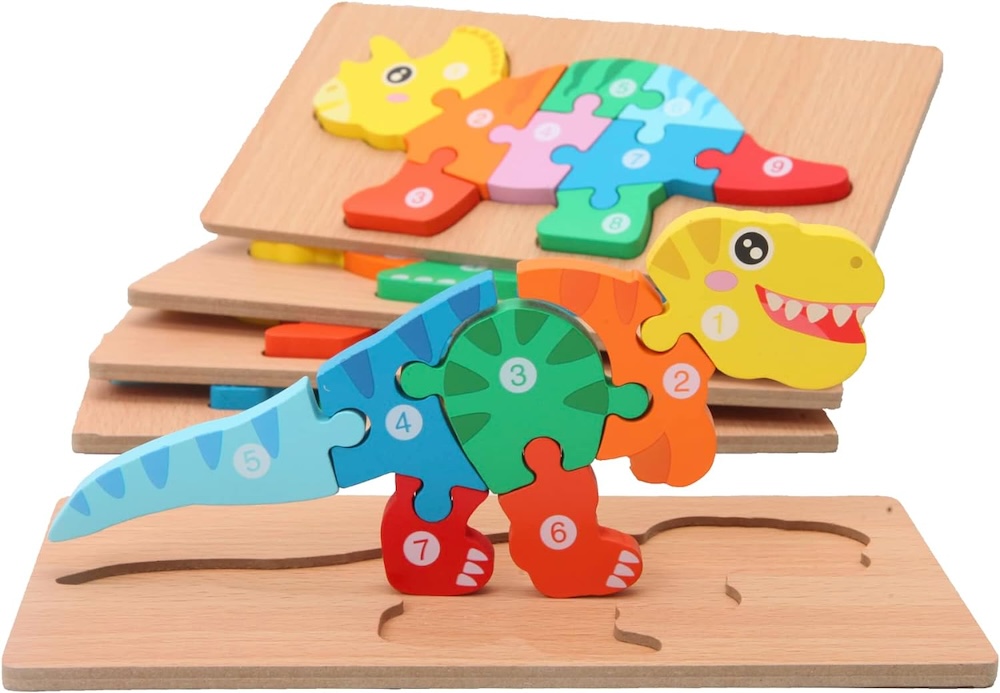
Puzzle sets like these Montessori-inspired wooden ones are great for little ones up to age 5.
When your child stops putting things in their mouth, it should be fine to add in some traditional cardboard puzzles.
As kids get older, they’ll want more of a challenge. Help them work their way up from 100 pieces to 500 and eventually 1,000 piece puzzles. If those get boring, try some of the 3D options. This wooden puzzle model kit was is inspired by Charlie and the Chocolate Factory. It includes 420 pieces with a rotating crank and marbles to follow an intricate path you build. It’s great for tweens and teens.
Art Supplies
Stimulate your child’s inner creativity with artist supplies such as paper, paints, natural crayons, chalk, glue, and so on. Just be sure to look for recycled content paper, recycled magazines, nontoxic paints, soy or veggie-based crayons, nontoxic glues, and other natural supplies.
Make your own squishy putty or dough that will let your kids sculpt their way out of boredom. There are many recipes for natural play dough you can make at home. If DIY is not your thing, give Eco Dough a try.
LEGOs and Other Building Toys
While I’d like to keep this a plastic free toy list, LEGOs are just too creative to leave out. My oldest son got a Star Wars LEGO set for his 5th birthday, and he’s been building ever since. My younger son loved the random pieces to build whatever he wanted. It’s been so fun watching their different personalities emerge through the ways they play.
And the good news is that LEGO is transitioning to plant based plastic for their bricks and they’re working on more recycling initiatives. Personally speaking, not one single brick has ever left my house for a landfill. They’ve been used over and over again. And the few sets my kids lost interest in were sold on eBay. Many of those sets really hold or increase in value over time.
Dress Up Costumes or Play Silks
One of the most fun activities for children is to make believe they’re someone else. Help your kids dress up by buying secondhand clothing and accessories from your local thrift store.
Or try play silks. This is an inexpensive and eco-friendly way to help your kids become princesses, wizards, dragons, and mini-brides. Don’t forget kid-friendly kitchen gadgets (real or toys) or a tea set.
Climbing Toys
These are especially good for toddlers and preschoolers. Climbing and hanging upside down help with physical development, problem-solving, and motor skills. They also boost the vestibular system.
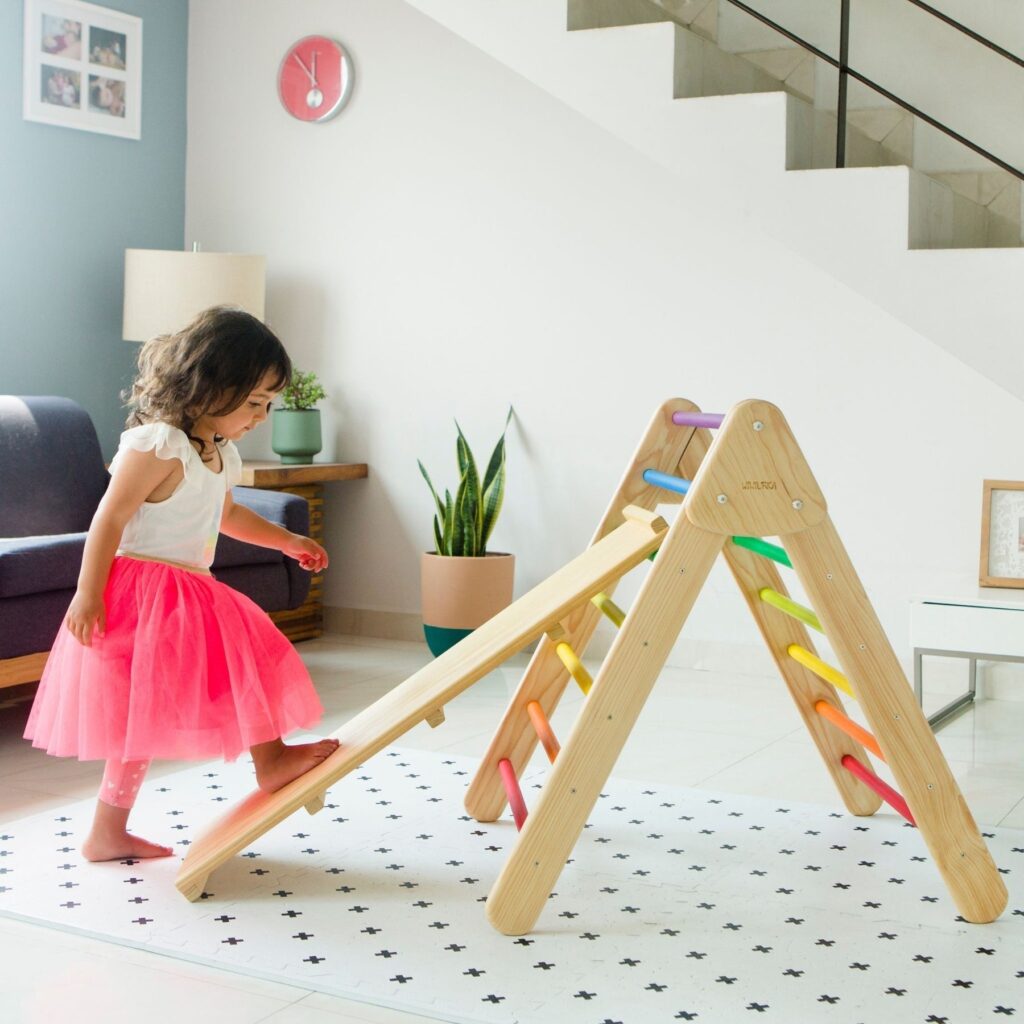
A climbing triangle is one of the most versatile options. Although it is often grouped with Montessori toys, the Pikler triangle was actually invented by Hungarian pediatrician, Emmi Pikler.
They’re safe for babies as young as 6 months (supervised, of course) and up to age 5, depending on weight. Find more on choosing the best climbing toys for kids here.
Plush Toys or Handmade Dolls
Best friend, sleeping buddy, decoration, or secret agent… A stuffed animal or handmade doll can fill many roles throughout its time with your child. Look for organic cotton if possible. Handmade is also a plus when you can support small businesses or local artisans.
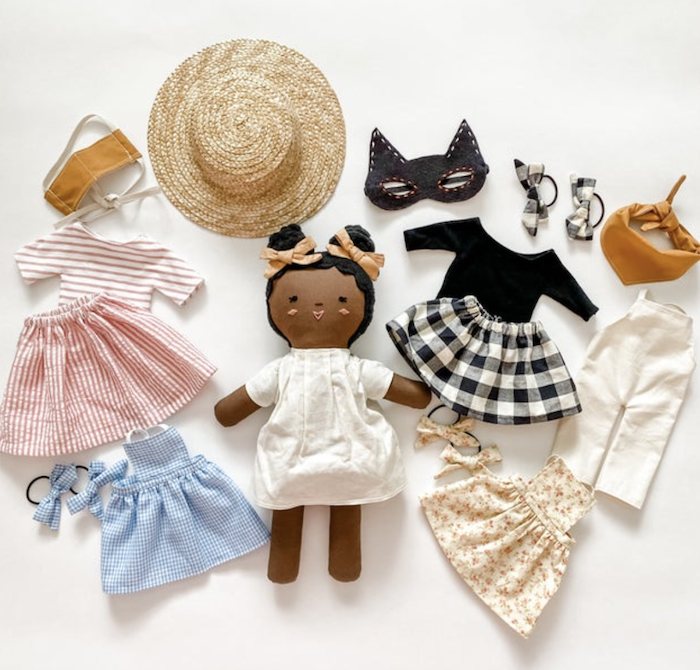
Books
Ok, so not technically toys… books make an amazing non battery operated gift. You can find books on every subject imaginable. Got a child who loves science? Choose a great STEM themed book for them.
Learning about the planet is one of the best ways to stimulate a green attitude in your children. Give new or used books on earthy themes – like wildlife, oceans, forests, gardening, or science! They’ll be entertained while they learn.
No matter which types of battery free toys you choose, make sure they’re fun! And don’t forget to nurture your own hobbies and creativity. Your child will follow your lead, so why not let your imagination run wild?
You might also enjoy:
Fewer Toys, More Fun! The Benefits of Culling Your Child’s Toy Collection
Want Happier, Calmer Kids? Simplify Their World.

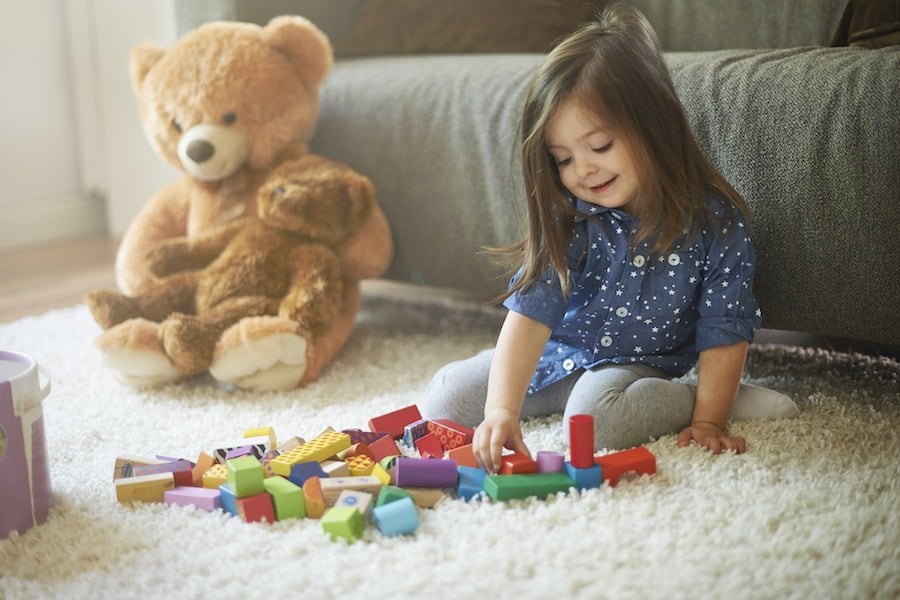
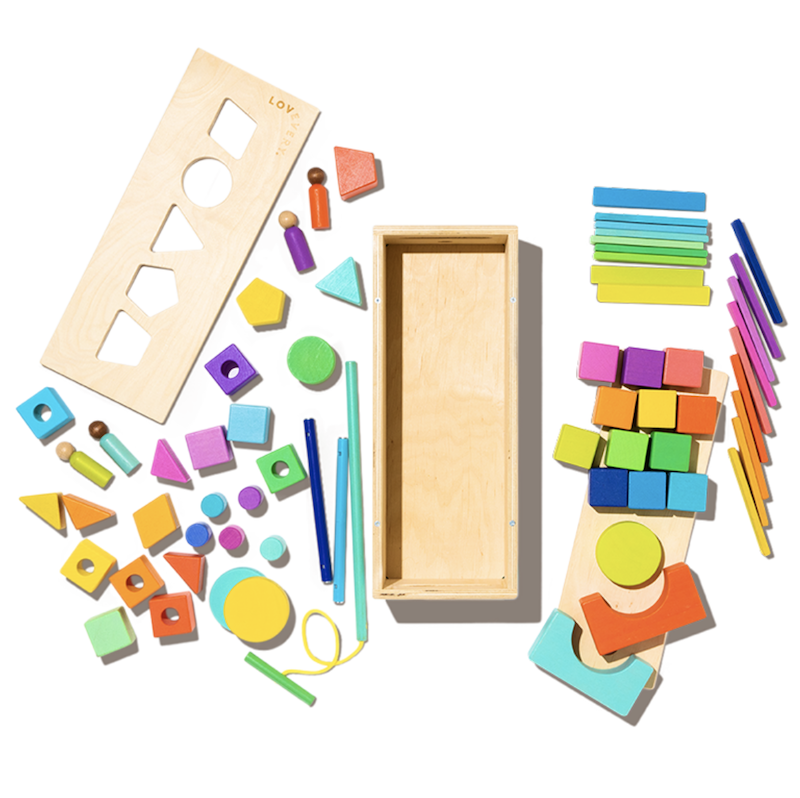
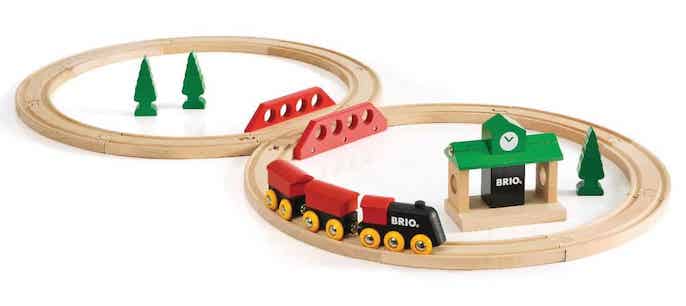
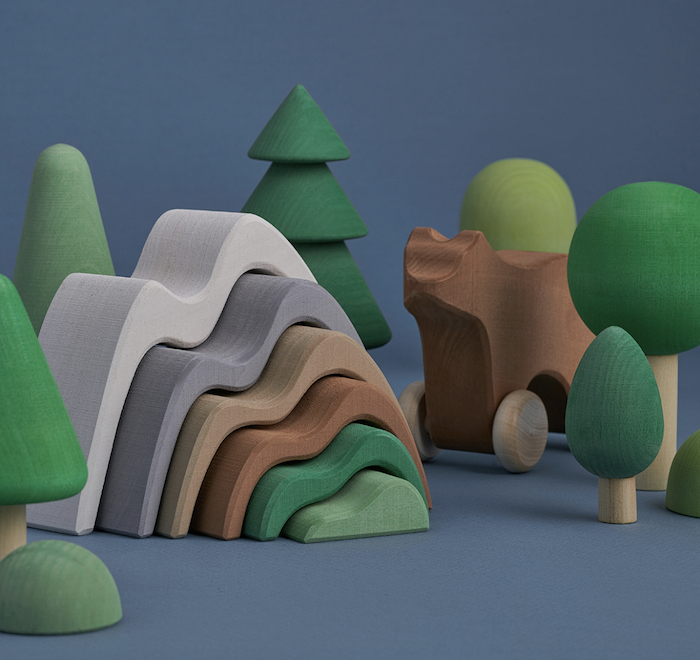
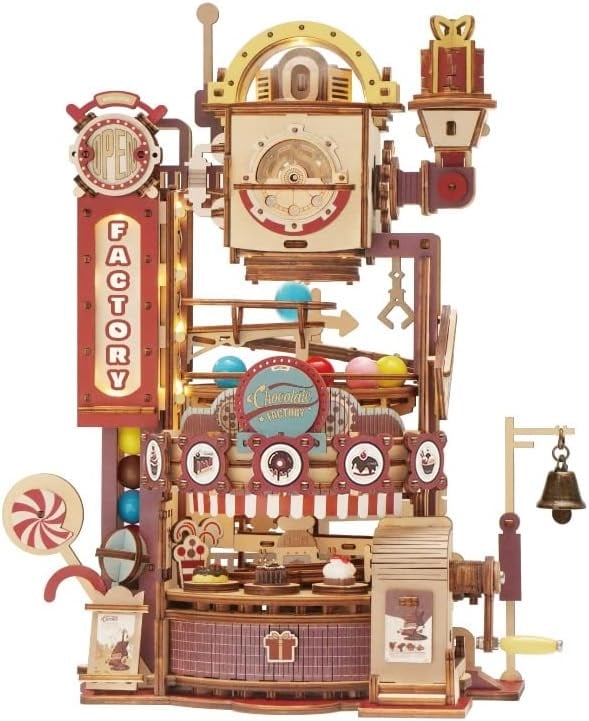
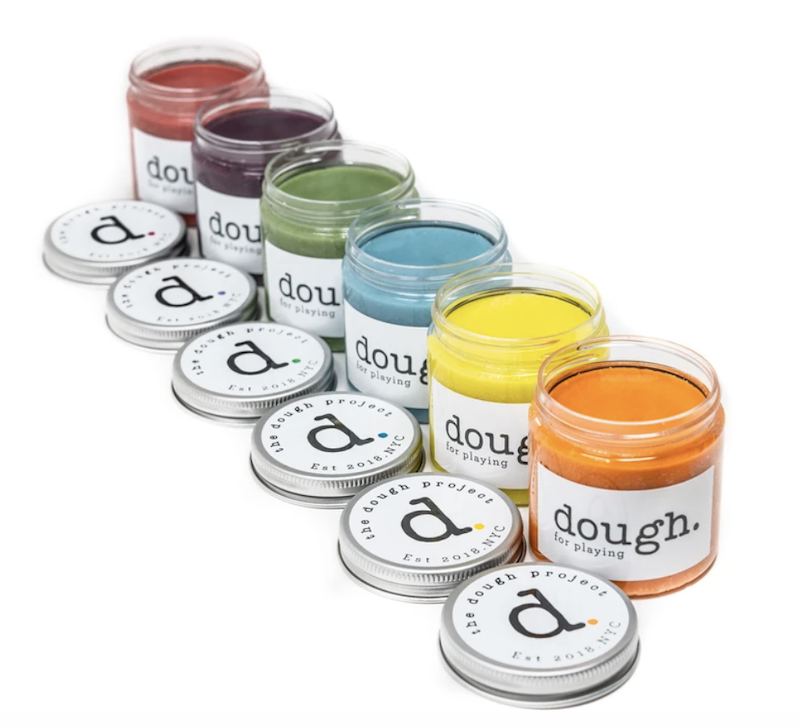

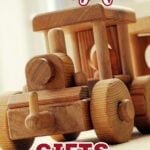
Yes! Kids need to use their imaginations more. And they should be outside whenever possible – with toys or without toys!
You made some good points about the reasons why it might be good to avoid battery-powered toys for kids. I imagine that it’s really good to keep that in moderation. My sister has a lot of kids and they like to play with different kinds of toys, so they are always looking for more educational things for their kids.